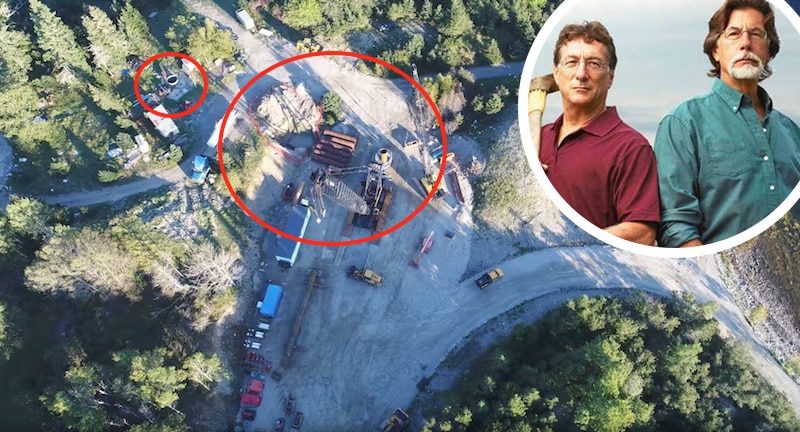

Years later, in 1862, a story by J.B McCully stated that the tales of Captain Kidd began with the settlers. They have sunk their money but have left holes open.” He wrote that “some very industrious individuals have buried large sums in endeavoring to unbury larger ones supposed to have been deposited by the renowned Capt.

The Liverpool Transcript published an article on August 8, 1857, written by one J.P. Tales of buried treasure only started to circulate in the 1850s. European settlers arrived in the mid-1700s. It was possibly settled by the Mi’kmaq people, who lived in the Newfoundland and Nova Scotia area thousands of years ago. Oak Island’s early history was relatively uneventful. An anonymous author composed The Ballad of Captain Kidd, which referenced “ninety bars of gold, and six dollars manifold, with riches uncontrolled.” Variously, his loot was said to contain Marie Antoinette’s jewels, the Ark of the Covenant, the Holy Grail, and even proof that Francis Bacon wrote Shakespeare’s plays.īut what does 57-hectare Oak Island have to do with this?Ĭaptain William Kidd (c.1645-1701), shown here burying a Bible near Plymouth Sound. The British captured and executed the Scottish brigand in 1701, but his name somehow caught on. (Privateers were kind of a government-sponsored pirate.) One swashbuckling figure was Captain William Kidd.

The beginning of a legendĮighteenth-century coastlines bristled with pirates and privateers.
CURSE OF OAK ISLAND FINDINGS CRACK
While this is not a lot to go on, the uncertainty has not stopped a flood of treasure hunters, archaeologists, and even politicians and actors from taking a crack at the mystery. What is the treasure? No one knows, except that it is worth millions of dollars. But for some adults, the Oak Island treasure off Mahone Bay, Nova Scotia, is their life’s pursuit. Buried treasure nowadays sounds like just a kid’s story.


 0 kommentar(er)
0 kommentar(er)
